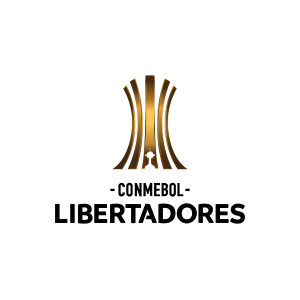


Clear Selection

CONMEBOL Libertadores is the oldest and most important professional club football competition in South America, organized by the South American Football Confederation since 1960.
Follow us
Mastercard and Priceless are registered trademarks, and the circles design is a trademark of Mastercard International Incorporated. ©2025 Mastercard
Mastercard and Priceless are registered trademarks, and the circles design is a trademark of Mastercard International Incorporated. ©2025 Mastercard
www06-SI5-SCeNquawbjjxQzdXMAsA8M-SO0-U0-AC0-C1-L1-H4-mA0-uA1-CV251225030011-TS251225043833-auto0-exec:0.182-ajax:0-total:0.182


The Terms of Use and Privacy Notice for priceless™ have been updated since you last logged in.